Historic links
For many Chinese tourists the deep historic connections between China and Central Asia are a significant draw.
Tales and depictions of the celebrated monk and traveler Xuan Zang (602-664) and the missions of the diplomat and explorer Zhang Qian, an envoy in the Han Dynasty (202 BC-220 AD) to the West, can be found in local museums, Yu said.
"You'll even come across street artists painting the story of Zhang on hand fans," she said. "In China, such scenes are rare these days, but here they continue to keep these stories alive. It's a unique moving experience, unlike anything in Europe or the Middle East."
Yang Hongchao, 35, an algorithm engineer in Shanghai, also chose Central Asia as an overseas travel destination following the pandemic.
"Growing up in Xinjiang I was familiar with the Tianshan Mountains in China but curious about their extension into Central Asia," Yang said.
"Even though we Chinese are right next to Central Asia, its countries are largely a mystery for us. So I decided to spend three months exploring them.
"Central Asia's landscapes are stunning and often underestimated. The people are friendly, and home-stays in Kyrgyzstan and Tajikistan offer a unique opportunity to experience local life. This has left a lasting impression on me. Some of my friends now want to follow in my footsteps."
Ardak Akymhan, 35, from Hami, Xinjiang Uygur autonomous region, who has lived in Almaty for more than 10 years, said the number of Chinese tourists to Kazakhstan this year has increased sharply.
"Last year, few companies needed bilingual guides, but now one company alone is recruiting 50 to 100 Chinese-speaking guides," said Ardak, who has been a Chinese tour guide in the capital city for two years.
She attributes the growing number to the visa-free policy and the promotion of Kazakh culture on Chinese social media platforms such as Douyin and Xiaohongshu.
"Previously few Chinese regarded Kazakhstan as a travel destination. They're now being attracted by the great scenery and cultural riches they see on social media," she said.
Cai Jiaxin, 32, who has worked in tourism for nine years, said that as early as 14 years ago the shoots of blossoming tourism in Central Asia were beginning to appear.
"Our travel agency started offering Central Asia tours in 2010, but the groups were small and mainly business-oriented. However, with the Belt and Road Initiative, interest in Central Asia has visibly grown. After the China-Central Asia Summit in Xi'an last year there has been a surge in interest and in the number of tour groups."
The visa-free policy has led to a 30 percent year-on-year increase in the number of tour groups, Cai said.
"During the May Day holiday, many tour groups and trade exhibition groups headed to Central Asia. This year many more Chinese trade exhibition groups are heading there to showcase their products in exhibitions and explore business opportunities, boosting trade between China and Central Asian countries."
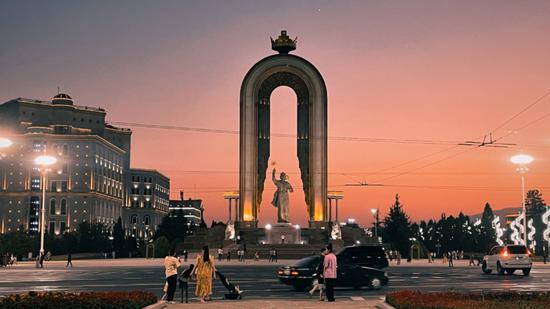
A bronze statue of Ismail Samani, a Samanid emir, in Rudaki Park, Dushanbe, Tajikistan. DENG XIANG/FOR CHINA DAILY
Deepening relationship
Zou Tongqian, the first Chinese vice-rector of the "Silk Road" International University of Tourism and Cultural Heritage in Samarkand, said there are many reasons for the recent travel boom in Central Asia.
"It's closely tied to the deepening relationship between Central Asian countries and China," Zou said.
"At last year's China-Central Asia Summit, China and the five Central Asian countries agreed to boost cooperation in many areas, while emphasizing tourism cooperation and the creation of China-Central Asia travel routes. The visit of the Uzbek president to China and the frequent visits of Chinese governmental delegations to Central Asia have all boosted the two sides' business and tourism cooperation."
An increase in the number of flights — including direct flights between China and Central Asian countries boosted by government policies — has also contributed greatly to making Central Asia more attractive as a tourist destination, Zou said.
In addition, the region has a distinct advantage over other popular tourist destinations such as Japan, Europe and Southeast Asia, because "many well-known Chinese stories and legends are set in this region, providing a sense of familiarity and connection for Chinese tourists", he said.
Rapid economic growth in Central Asia has also given a fillip to regional tourism, he said.
"When I first came here in 2019 few people had cars, but now road traffic is hectic," Zou said. "Increased car ownership and the extremely robust real estate market have also contributed to the tourism boom."








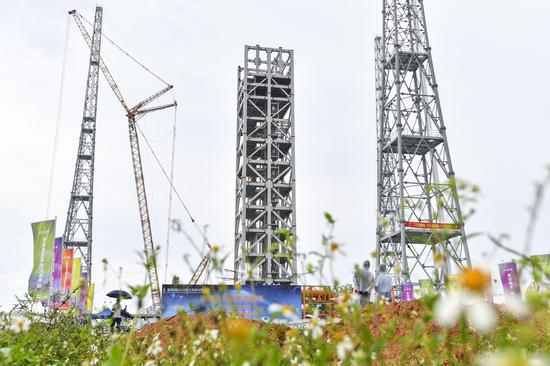
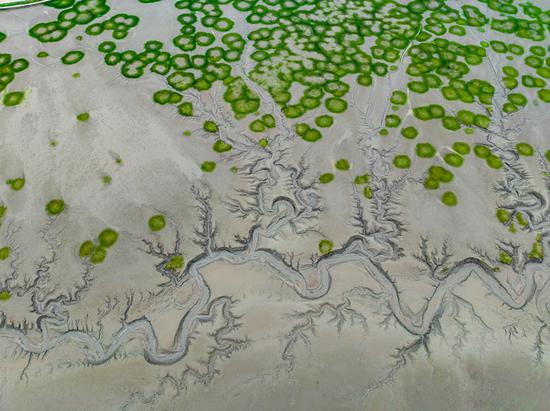

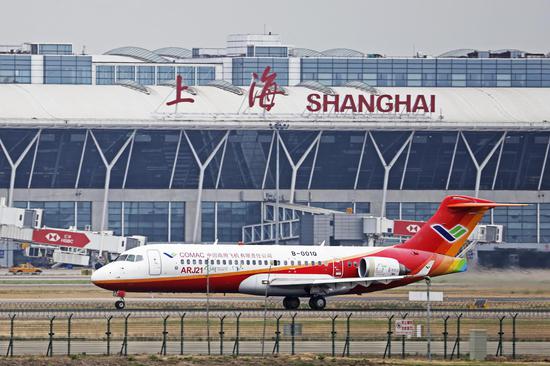


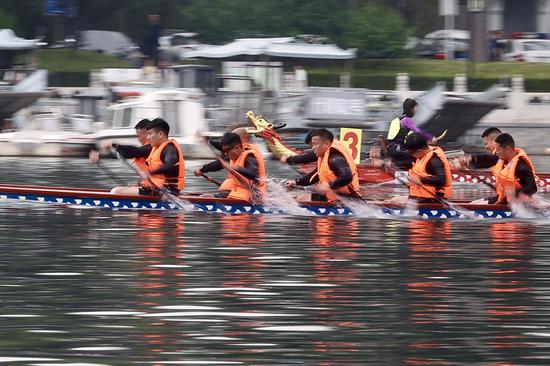


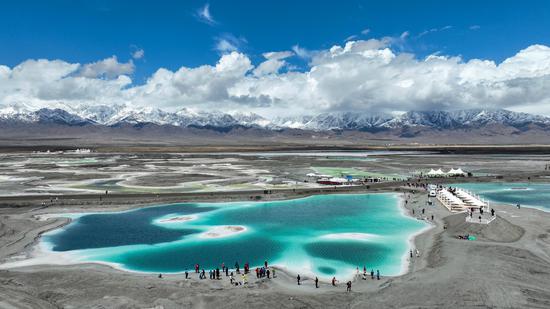





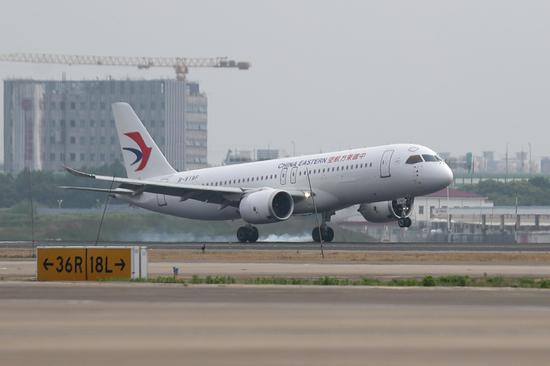

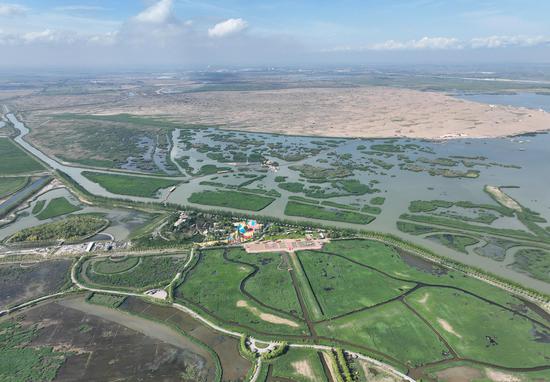
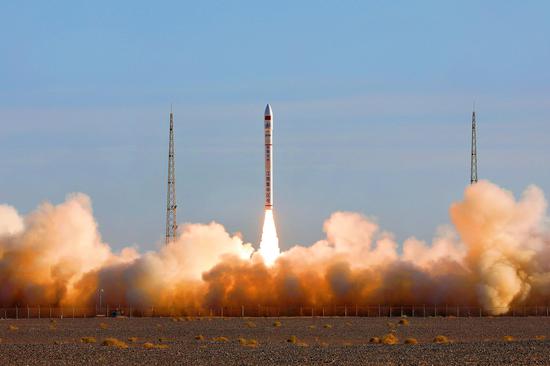


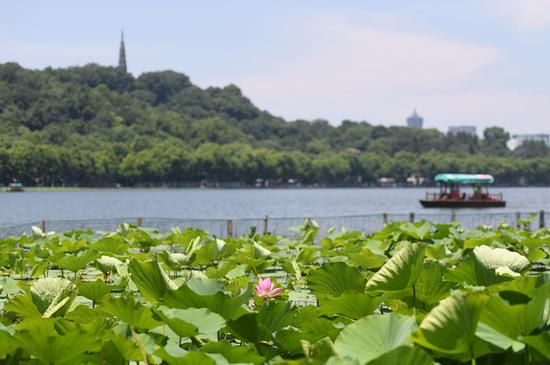
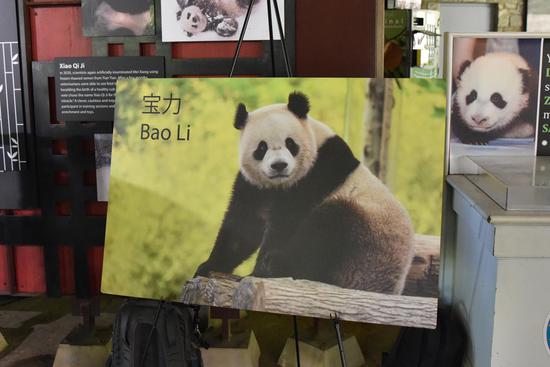


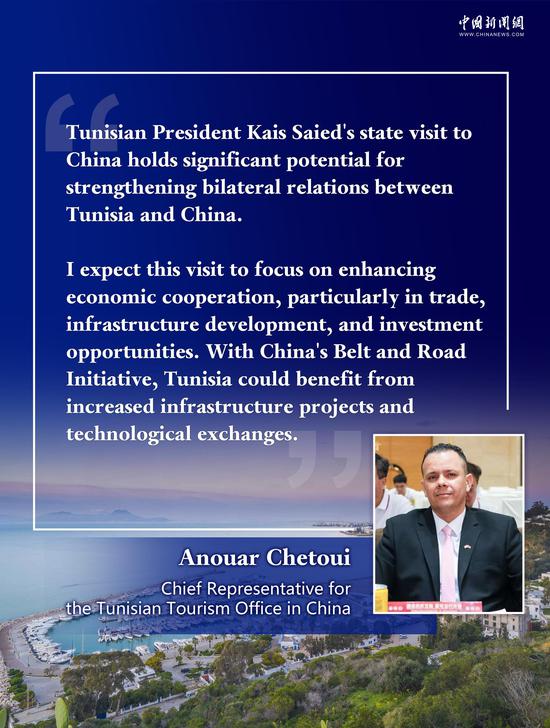


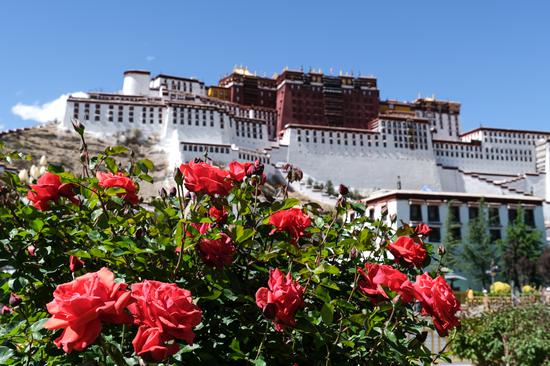

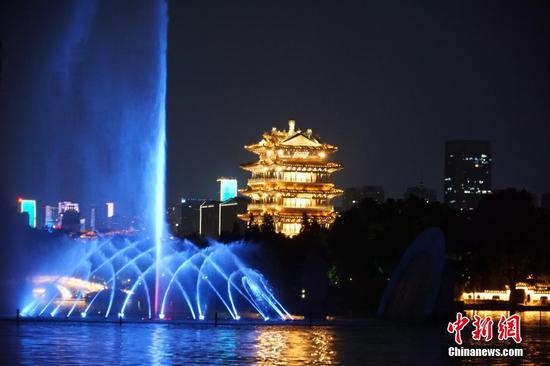
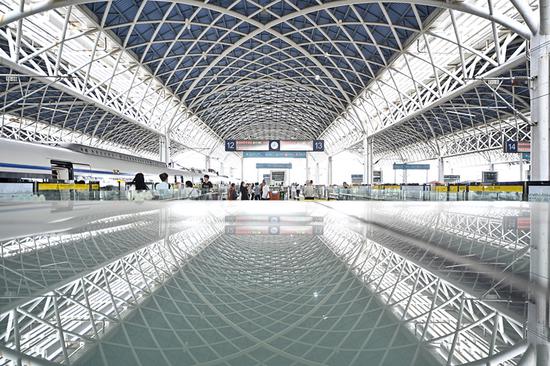

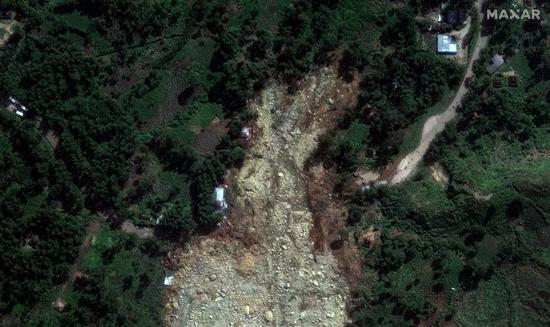




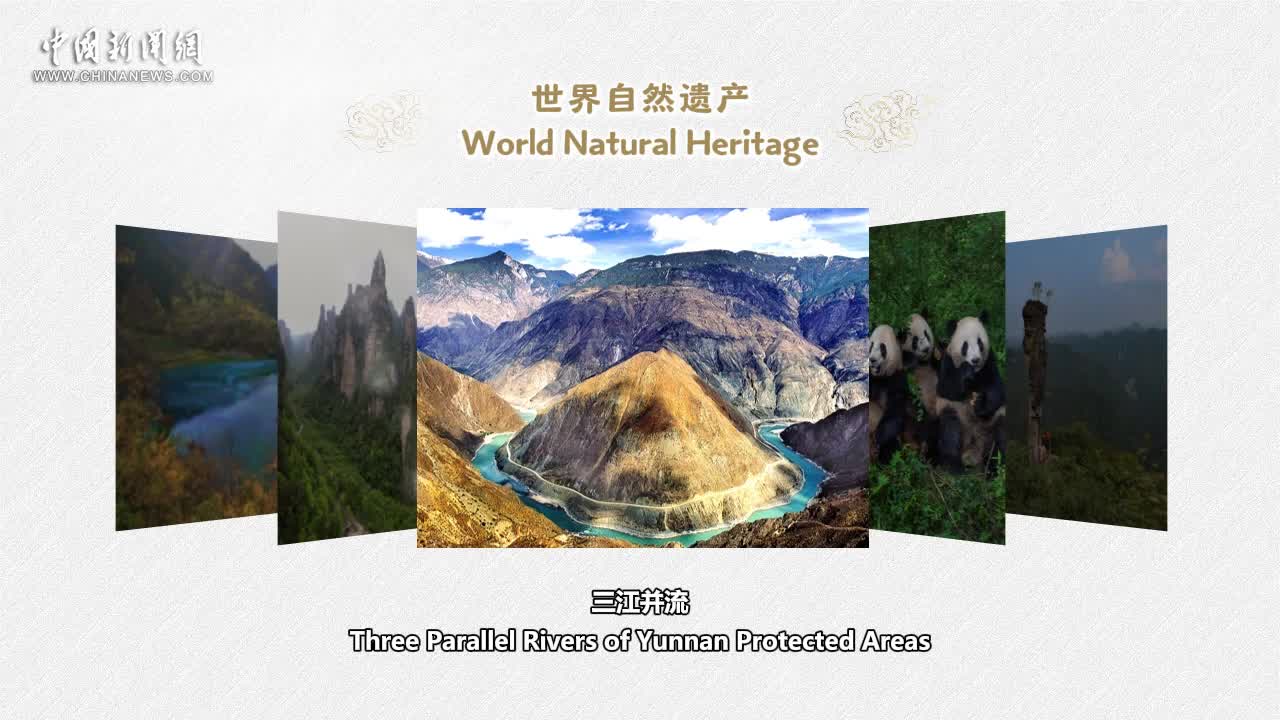



 京公网安备 11010202009201号
京公网安备 11010202009201号